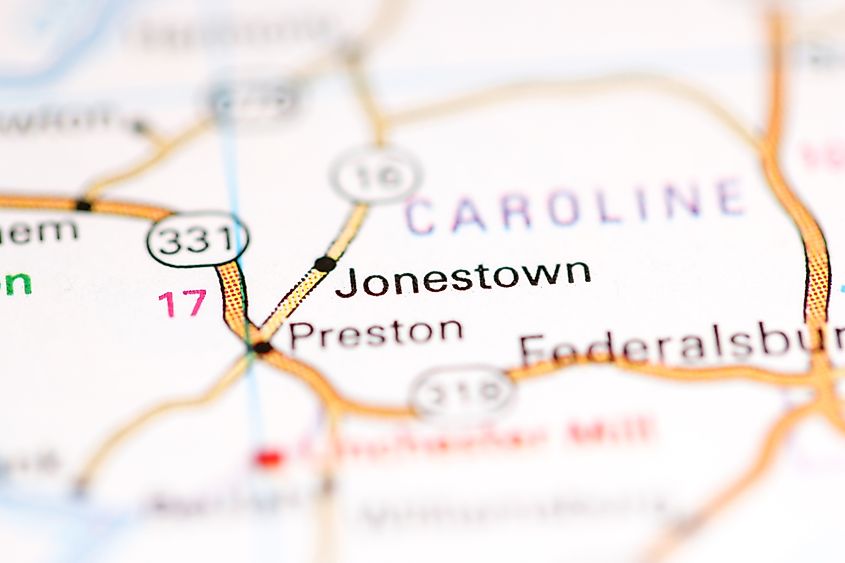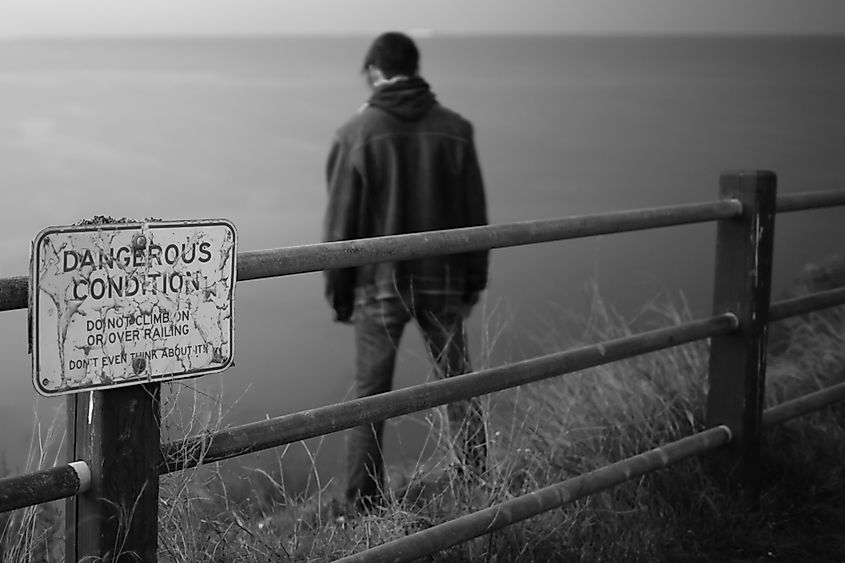What Does It Mean To Drink The Kool-Aid?

- “Drinking the Kool-Aid” traces its origins to the ghastly event that happened on November 18, 1978, in Jonestown, also known as the Jonestown massacre.
- The phrase was created as metaphor for blind devotion, considering that the Jonestown followers drank this particular beverage when they died.
- Even though the term it self does not connote anything negative in everyday speech, it is considered to be offensive by many people today.
Drinking the Kool-Aid is an expression that is most often tied to someone’s blind belief in a cause of some sort. People use it to refer to a person that will continue to believe in a dangerous idea because it expects high rewards from it. The phrase is often used negatively, and due to its origins being tied to the Jonestown deaths, many people consider it to be offensive.
Sometimes it is used in a humorous way to describe people that change the way they act or think because of peer pressure or wanting to follow the popular trends. However, the meaning we most often apply to the phrase is one of blind devotion to a purpose or a cause.
Origins Of The Phrase
The phrase “drinking the Kool-Aid” originated from the events that occurred on November 18, 1978, in Jonestown Guyana. The members of the Peoples Temple, a religious movement founded by cult leader Jim Jones had a large meeting at the Jonestown pavilion. Jim Jones, the leader of the Peoples Temple, called the people to gather there as a reaction to the murders of several people, most notably the U.S. Congressman Leo Ryan. What happened next was an immense tragedy. Jones proposed that people perform a mass suicide as a way of showing their devotion.

The “revolutionary suicide,” how Jones called it, was performed by drinking a drink that contained cyanide and various other drugs mixed with Kool-Aid. Over 900 people died that day. Many of them were injected poison against their will, and some of them were minors. Jones had guards with crossbows keeping watch over the pavilion. They were ordered to shoot anyone that tried to flee. Since the people used Kool-Aid in their drinks used to commit suicide, the phrase was coined as a way to show blind devotion to something. However, the usage of the phrase “drinking the Kool-Aid” can be considered extremely offensive due to its origins.
Usage Of The Phrase
Since it is tied to a massive tragedy, many people don’t want the phrase to be taken lightly or used in an everyday speech at all. Many relatives of the dead and some survivors from Jonestown consider the phrase highly offensive. Since the exact brand of the drink used in suicide is not 100% proven to be Kool-Aid, the phrase makes even less sense. However, it is one of the two possible beverages, the other being Flavor Aid. The manufacturers of both drinks issued apologies, but also noted that the fact their drinks were used was not significant. Jim Jones used poison to kill people, the flavored juices had nothing to do with the deaths.

Many historians believe that the early uses of the phrase were tied to the act of suicide, not a blind belief in a cause. The phrase was often used by politicians during the 1980s, to give an analogy to blind obedience to something, by comparing it to the Jonestown deaths. The phrase is commonly used to show how by staying true to your beliefs, you can end up being the loser, or end up “drinking the Kool-Aid.”
The phrase gained more and more popularity in the 1990s. It is often used in the business and political worlds, but it always has a negative connotation. When used in everyday speech, it doesn’t necessarily mean anything negative. However, the phrase is still considered offensive by a large number of people and should not be used today.











